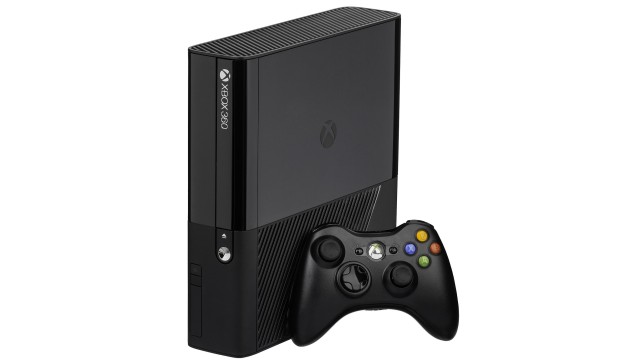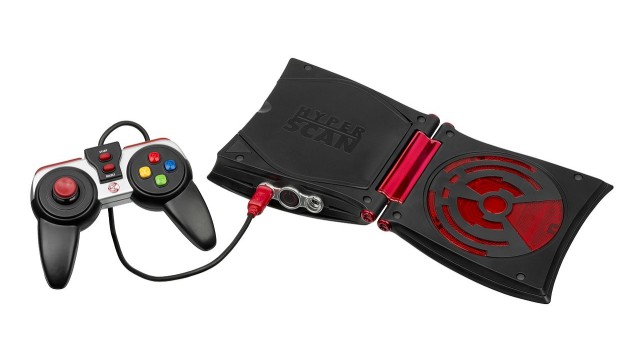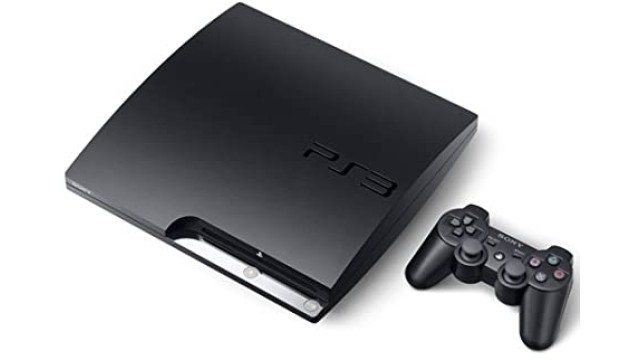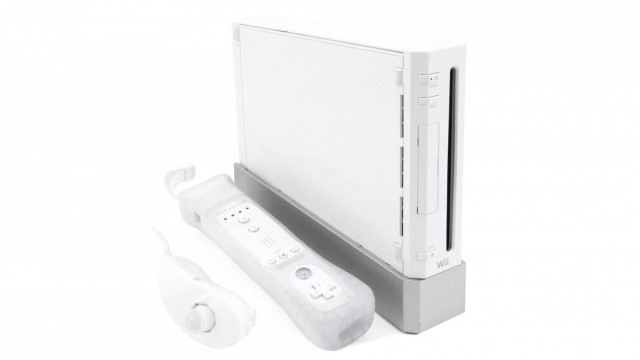
Xbox 360
Launches: 2005
Discontinued: 2016
Life span: 11 years
Units sold: 84 000 000
Generation: 7th
Country releases of Xbox 360
 USA: USA: | 22/Nov/2005 | 299 | $ |
 Canada: Canada: | 22/Nov/2005 | ||
 Mexico: Mexico: | 22/Nov/2005 |
 Xbox 360 technical specifications
Xbox 360 technical specifications
CPU: PowerPC @ 3.2 GHz (64 bits)
Memory: 512 MB
 Xbox 360 video specifications
Xbox 360 video specifications
Xbox 360 graphics capabilities.
Video chip: ATI/AMD Xenos @ 500 MHz
Video connection:
 Xbox 360 audio specifications
Xbox 360 audio specifications
Xbox 360 sound capabilities.
Audio chip:
Audio mode: 5.1
 Controllers of Xbox 360
Controllers of Xbox 360
 Xbox 360 games support
Xbox 360 games support
Support: DVD
Xbox 360 games
Games library:
Xbox 360 story
The Xbox 360 is a landmark in the history of video game consoles, marking Microsoft's ascent to prominence in the gaming industry and solidifying its position as a major competitor to established giants like Sony and Nintendo. The journey of the Xbox 360 began in the early 2000s, following the success of the original Xbox, which had established a solid foundation for Microsoft in the console market. However, Microsoft recognized that to truly challenge Sony’s PlayStation brand, which was the dominant force at the time, they needed to create a next-generation console that would redefine the gaming experience.
The creation of the Xbox 360 was guided by a clear vision: to build a console that not only excelled in raw power and graphical capabilities but also fundamentally transformed the way people played and connected through video games.
Microsoft aimed to create an all-encompassing entertainment hub that could seamlessly integrate gaming, online connectivity, and multimedia functionalities. This vision was a direct response to the changing landscape of digital entertainment, where the lines between different forms of media were becoming increasingly blurred.
Development of the Xbox 360 began under the codename "Xenon." Microsoft's approach to this project was highly collaborative and global, bringing together teams from around the world to contribute their expertise. The hardware development was led by a team in Redmond, Washington, while the industrial design was handled by Astro Studios in San Francisco and the Japanese company Hers Experimental Design Laboratory Inc. This international collaboration was indicative of Microsoft’s ambition to create a console that appealed to a global audience, something that was crucial for competing with the likes of Sony’s PlayStation.
A key decision in the development process was the selection of the IBM PowerPC architecture as the foundation for the console's CPU. This choice was significant because it represented a shift away from the Intel-based architecture used in the original Xbox. The custom-designed triple-core processor, developed by IBM, provided the Xbox 360 with considerable processing power, enabling it to handle complex gaming environments and advanced AI.
Additionally, Microsoft partnered with ATI (now AMD) to develop a custom GPU that was capable of delivering high-definition graphics, a feature that became one of the console's major selling points.
One of the most important aspects of the Xbox 360's design was its focus on online connectivity. Building on the groundwork laid by Xbox Live, Microsoft envisioned a console that would take online gaming and digital distribution to new heights. Xbox Live on the Xbox 360 was conceived as a fully integrated service, offering features like multiplayer gaming, digital downloads, voice chat, and media streaming. This emphasis on online connectivity was ahead of its time, anticipating the growing importance of digital content and social interaction in gaming.
The launch of the Xbox 360 was a carefully orchestrated global event. Microsoft strategically decided to release the console ahead of its main competitor, Sony’s PlayStation 3, aiming to capture market share early and establish a strong user base. The Xbox 360 was officially launched on November 22, 2005, in North America, followed by launches in Europe and Japan within the following weeks.
The staggered launch was a bold move, reflecting Microsoft’s confidence in its product and its desire to dominate the holiday shopping season.
At launch, the Xbox 360 was available in two configurations: the Core system, which included the console and a wired controller but lacked a hard drive, and the Premium system, which included a 20GB hard drive, a wireless controller, and additional accessories.
This pricing strategy allowed Microsoft to appeal to both casual gamers and more dedicated players who were willing to invest in the full experience. The Xbox 360's design, with its sleek white casing and customizable faceplates, also contributed to its appeal, making it a desirable piece of consumer electronics.
The market reception to the Xbox 360 was overwhelmingly positive, particularly in North America and Europe. Early reviews praised the console's powerful hardware, its impressive library of launch titles, and its robust online service. Games like "Call of Duty 2" "Perfect Dark Zero" and "Project Gotham Racing 3" showcased the Xbox 360's capabilities and helped establish it as a serious contender in the next-generation console race. The inclusion of Xbox Live Arcade, a digital distribution platform for smaller games, was also lauded for providing a new way to access innovative and independent titles.
However, the Xbox 360's launch was not without its challenges. In Japan, the console struggled to gain traction, partly due to the lack of titles that appealed to Japanese gamers and the strong local competition from Sony and Nintendo. Additionally, the Xbox 360's early years were marred by a significant hardware issue known as the "Red Ring of Death" (RRoD). This problem, caused by overheating and hardware failures, led to widespread console malfunctions and damaged Microsoft’s reputation.
The RRoD became a major public relations crisis for the company, forcing them to extend the warranty and ultimately costing them over a billion dollars in repairs and replacements.
Despite this setback, the Xbox 360 continued to thrive, thanks in large part to its strong lineup of games and its innovative use of online services. As the years progressed, the Xbox 360 saw the release of some of the most iconic games of its generation, including "Halo 3," "Gears of War" and "Mass Effect". These titles not only pushed the boundaries of what was possible on the console but also helped to define the Xbox brand as a home for blockbuster gaming experiences.
The Xbox 360 also played a pivotal role in the rise of digital distribution and downloadable content (DLC). With Xbox Live Marketplace, Microsoft introduced gamers to the concept of purchasing and downloading games, expansions, and media content directly to their consoles. This model would go on to revolutionize the industry, setting the stage for the digital-first strategies that are commonplace today.
Another significant milestone for the Xbox 360 was the introduction of the Kinect in 2010. The Kinect was a motion-sensing peripheral that allowed players to control games using their bodies, without the need for a traditional controller. While the Kinect was initially met with enthusiasm and sold millions of units, its long-term impact was mixed. While it introduced new gameplay possibilities and appealed to casual gamers, it did not achieve the same level of sustained success as other features of the Xbox 360.
Throughout its lifecycle, the Xbox 360 faced fierce competition from Sony’s PlayStation 3 and, to a lesser extent, Nintendo’s Wii. However, Microsoft’s early lead, bolstered by a strong game library, innovative online services, and aggressive marketing, allowed the Xbox 360 to remain competitive and influential.
By the time production ceased in 2016, the Xbox 360 had sold over 80 million units worldwide, making it one of the best-selling consoles of all time and securing its place as a significant milestone in gaming history.
Previous Microsoft console: Xbox
Next Microsoft console: Xbox One


